Talking about adverse yaw
with Mike, yesterday, I was made to realise that I only half understood what
causes adverse yaw in a turn. I have been reading what is now a very old flying
manual, as it was written for RAFVR pilots at the start of the war (but on the
premise that aerodynamics do not change). Perhaps their description was too
simplistic, or perhaps I misunderstood it. But blurting out that I understood
this, then going on to mis-describe it in earshot of other pilots was humbling.
I said that adverse yaw was
created when the outside wing, travelling faster than the inside one, suffered
induced drag, so pulled back in the opposite direction to the turn. Mike said
that actually you get more induced drag when the wing is going slower.
Mike explained that yaw is
not a component of speed but of lift, and now it is slowly becoming clear
in my mind, a day later! I am devising a teacher’s way of explaining it to
myself and possibly others (about which, more later).
It needs to be reiterated
that any misunderstanding is my own, not Mike’s, obviously. And also, if I have
not got it right since Mike explained it, that isn’t a fault of his
explanation, but my slowness in getting something. I have always been like
this. I need to go away and think things through, which is what I am doing now.
And remember, this is not a manual I am writing here, it is me playing with
what I am learning, and trying to get some sense out of it.
By patient Q&A, Mike eventually
drew the words “angle of attack” out of me and then went on to show me the
effects on the chord line (leading edge to tip of the aileron) of depressing
the aileron. The increased angle of attack increases that wing’s lift, and it
is the increased lift, not the speed, which creates the drag. On the opposite
wing, the raising of the aileron (raising the rear of the chord line so that it
is pointing down) reduces the angle of attack and therefore reduces its lift,
so there is less induced drag on that wing.
Visually (as well as
technically), there is another aspect to this, which is the direction of the
lift (it is all flooding back to me now, but I must revise all this, as it has
been 5 years since I did my Principles of Flight exam). Lift is perpendicular
to the relative airflow.* So, the outside wing’s lift is pointing backwards,
while the inside wing’s lift is pointing forwards and if I am right, it is
that, too, which causes the direction of yaw. I think what we are saying is that because the
lift is pointing backwards lift drags that wing backwards; drag is the
secondary effect of lift.
So that is where my original
misunderstanding came in. I said that airspeed created drag. Actually, greater
airspeed creates lift and it is the lift which creates drag. Here’s a thought,
maybe it would be more helpful to talk in terms of directions of forces. If the
force perpendicular to the relative airflow is upwards and backwards, it will try to pull
the wing (and the aircraft to which the wing is attached) upwards and backwards
towards that wingtip. And because you want to turn in the opposite direction,
you need something to counter this force, which is where the rudder comes in.
I am getting used to pushing
the stick and rudder in the same direction (stick right, right rudder pedal)
and that doesn’t pose a great problem, conceptually, except on the ground, taxying - where this is opposite to a flexwing's steering). I
have been getting used to using the clinometer (turn and slip indicator), which
is a curved glass tube spirit level with a ball sitting at the bottom in the
middle. In a turn, you have to use the rudder to keep the ball in the middle to
achieve a balanced turn, where the aeroplane is not tending to skid outwards of
the turn or slip inwards of it. When the ball rolls to the left, you have to
apply left rudder to correct this and bring it into balance again. I was
pleased that I got the hang of this.
(My copy of Stick and Rudder, by Wolfgang Langewiesche - recommended by Katie - just arrived. Am off to do some reading now)
* Mike just rang to say that people in the clubhouse have just been discussing what I wrote and he asked me to explain what I meant by saying that lift was perpendicular to angle of attack. Oh dear! I got that bit wrong. I have changed it to perpendicular to the relative airflow. "I will leave you to ponder that one", he said.
:)
A friend of mine who was on the same Masters programme as me at Imperial College, and who is very scientific, and was in fact a curator at the Science Museum said, after reading this, "Blimey, and I thought riding a bike was difficult!"
* Mike just rang to say that people in the clubhouse have just been discussing what I wrote and he asked me to explain what I meant by saying that lift was perpendicular to angle of attack. Oh dear! I got that bit wrong. I have changed it to perpendicular to the relative airflow. "I will leave you to ponder that one", he said.
:)
A friend of mine who was on the same Masters programme as me at Imperial College, and who is very scientific, and was in fact a curator at the Science Museum said, after reading this, "Blimey, and I thought riding a bike was difficult!"









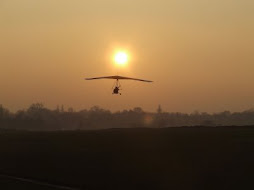

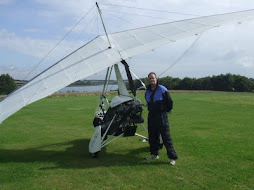









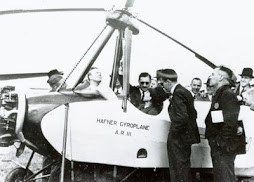

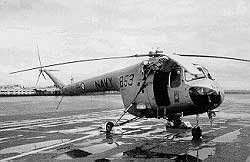
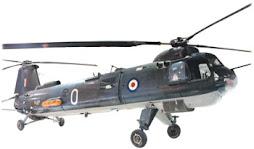









No comments:
Post a Comment